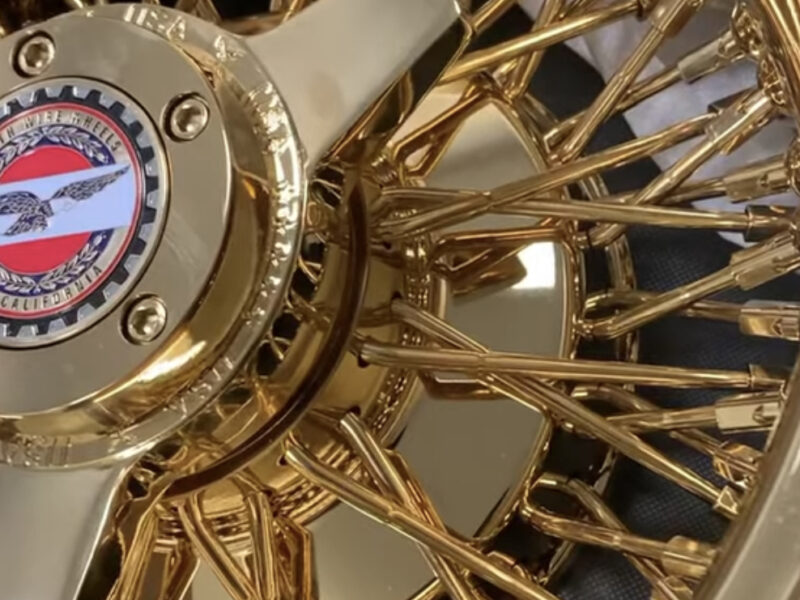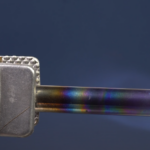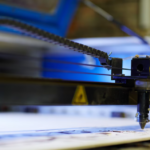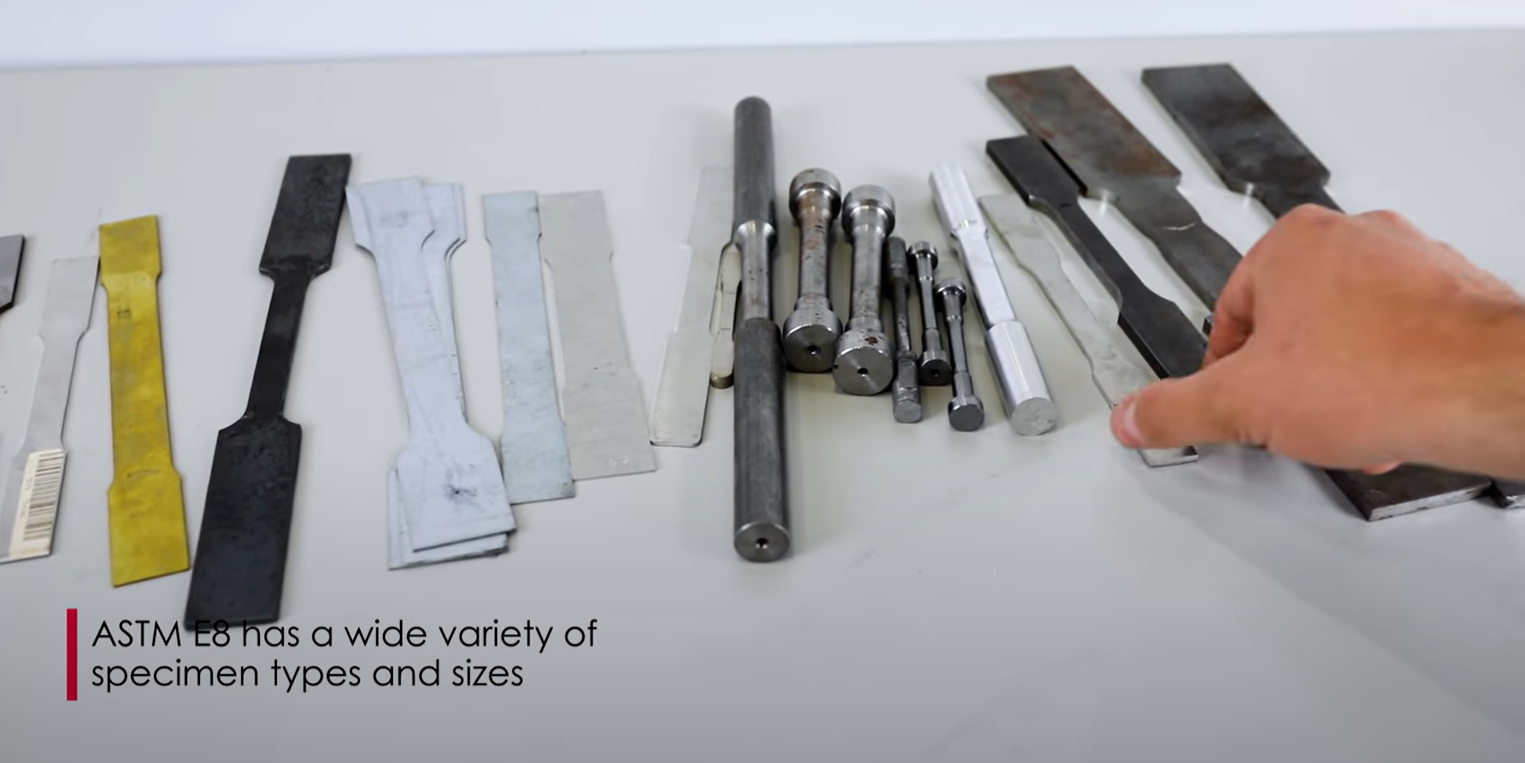Electroless nickel processing has emerged as a highly effective method for creating a robust bond with titanium, establishing it as a favored technique for initial coating applications. While electroless nickel is not commonly used as the primary layer for metalizing over titanium, it serves as an excellent base for subsequent plating finishes. Metals like copper, gold, and silver are often applied onto the nickel layer, benefiting from its enhanced adhesion properties.
The advantages of titanium plating extend beyond its bonding capabilities. Titanium-plated surfaces exhibit corrosion resistance on par with that of platinum, making it an attractive alternative in environments where protection against corrosive agents is paramount. Moreover, the titanium plating process provides a safeguard against the detrimental effects of various chemicals, such as hydrochloric acid (HCL), chlorine gas (Cl2), and a range of organic acids.
Uses of Titanium Plating
Over the past fifty years, titanium has witnessed a remarkable surge in usage across diverse industries, owing to its exceptional properties and versatile applications. Some of the prime examples of its uses include:
- Aerospace: Titanium’s lightweight and robust nature have made it a go-to material for aerospace applications. From aircraft to spacecraft, titanium is extensively utilized to enhance performance, reduce weight, and improve overall efficiency;
- Medical: The biocompatibility and superior strength of titanium have revolutionized the medical field. It finds application in implants, such as hip and knee replacements, dental implants, and bone screws, ensuring successful and long-lasting medical interventions;
- Automotive: Titanium’s use in automotive parts has gained momentum, especially in high-performance vehicles and racing cars. Its lightweight design contributes to improved fuel efficiency and better handling, enhancing the overall performance of the automobiles;
- Marine: Titanium’s resistance to seawater corrosion has made it a favored choice for marine applications. It is used in manufacturing underwater devices, hulls, and other critical components in the maritime industry;
- Jewelry: Titanium’s durability, lightweight nature, and ability to be colored easily have made it a preferred material for crafting designer jewelry and watch cases. It is also popular in smaller jewelry items like body piercings;
- Industrial: Titanium’s high strength-to-weight ratio makes it suitable for various industrial applications, including chemical processing equipment, power generation, and heat exchangers.
Aerospace
Thanks to its impressive lightweight properties, titanium has found extensive use in various types of aircraft, playing a pivotal role in enhancing their performance and efficiency. The incorporation of titanium components in aircraft design contributes to improved aerodynamics, reducing air drag and optimizing fuel efficiency. This advantage is particularly critical in the aviation industry, where every ounce saved can translate into significant fuel savings and extended flight ranges.
Furthermore, titanium’s exceptional fatigue, crack, and corrosion resistance ensure the structural integrity and safety of aircraft under demanding operating conditions. Its ability to withstand the stresses of flight and exposure to different environmental factors makes it an essential material for critical aircraft components.
In addition to commercial and military aircraft, titanium finds applications in the production of missiles and spacecraft. Its lightweight nature is particularly advantageous in space travel, where reducing weight is crucial to achieving escape velocity and reaching desired orbits. Moreover, titanium’s ability to endure the harsh conditions of space, such as extreme temperatures and radiation, makes it a reliable material for spacecraft components.
Marine
Titanium’s remarkable resistance to seawater corrosion has made it a favored material for a wide range of marine applications. Its ability to withstand the harsh and corrosive conditions of the marine environment ensures the longevity and reliability of marine equipment and structures.
One of the significant marine applications of titanium is in the manufacturing of underwater devices, such as surveillance cameras used on boats and submarines. These cameras are critical for monitoring underwater activities, ensuring security, and conducting research. Titanium’s corrosion-resistant properties ensure that these devices can endure prolonged exposure to seawater without compromising their performance or structural integrity.
Additionally, titanium is utilized in the construction of various marine components, such as propeller shafts, hulls, and valves. Its resistance to corrosion makes it an excellent choice for these critical parts, reducing maintenance costs and extending the lifespan of marine vessels.
Moreover, titanium’s lightweight nature is advantageous in marine applications, contributing to improved fuel efficiency and overall performance of boats and submarines.
Jewelry
Titanium’s exceptional properties extend beyond industrial and medical applications; they also make it a favored choice for crafting designer jewelry and watch cases. The combination of durability, lightweight design, and corrosion resistance ensures that titanium jewelry remains resilient and retains its luster over time. This feature is particularly desirable for high-quality pieces that are meant to stand the test of time.
- The lightweight nature of titanium makes it comfortable to wear, allowing for elegant and intricate designs without causing discomfort to the wearer. This characteristic is especially important for jewelry items like bracelets, necklaces, and earrings, as it ensures a pleasant and enjoyable wearing experience;
- Furthermore, the corrosion resistance of titanium safeguards jewelry against tarnishing and discoloration, maintaining its original appearance even when exposed to various environmental conditions.
One unique aspect of titanium in jewelry-making is its ability to be easily colored through anodization. This process allows for a wide range of vibrant and attractive colors, adding a contemporary and distinctive touch to jewelry pieces. This feature is particularly popular in the creation of smaller jewelry items like body piercings, where customers often seek individuality and style.
Medical
The exceptional properties of titanium make it a highly sought-after material in the medical field, particularly in the realm of orthopedic applications. Its lightweight nature and superior strength render titanium ideal for crafting ball and socket joints used in hip replacements. The use of titanium in these joint implants not only reduces the overall weight burden on patients but also ensures long-term durability and improved mobility.
A significant advantage of using titanium in medical implants is its biocompatibility. Titanium is one of the few materials that the human body readily accepts, minimizing the risk of adverse reactions or rejections. This biocompatibility is crucial for ensuring the success and longevity of implant procedures, allowing patients to regain their quality of life with reduced complications.
Beyond hip replacements, titanium finds widespread use in manufacturing other medical devices such as crutches, wheelchairs, and surgical instruments. These applications benefit from titanium’s combination of strength, lightweight design, and biocompatibility, enhancing the overall performance and safety of medical equipment.
Automotive
Titanium and its alloys have found significant utility in the automotive industry, particularly in the manufacturing of various components and race car bodies. These materials’ remarkable properties, including their aerodynamic design, lightweight nature, and exceptional strength, contribute to improved performance and efficiency in racing and high-performance vehicles.
- One of the key advantages of utilizing titanium in automotive applications is its lightweight characteristic. By incorporating titanium components, manufacturers can reduce the overall weight of the vehicle, leading to enhanced fuel efficiency and better handling. Additionally, the high strength-to-weight ratio of titanium ensures that critical parts remain durable and capable of withstanding the demands of high-speed driving and extreme conditions;
- Race car bodies and various structural components benefit from the aerodynamic properties of titanium, which help optimize airflow around the vehicle. This aerodynamic advantage translates to reduced drag and improved stability, allowing for greater control and higher speeds on the racetrack.
Moreover, the exceptional strength of titanium and its resistance to corrosion make it an excellent choice for components subjected to high stress and harsh environmental conditions. By integrating titanium into critical automotive parts, manufacturers can enhance the overall performance and longevity of race cars, ensuring they remain competitive and reliable throughout rigorous racing events.
Advantages of Titanium Electroplating
Although titanium itself possesses extraordinary properties, such as its lightweight nature, exceptional strength, and corrosion resistance, electroplating it and its alloys offers several additional advantages. Plating serves to enhance the metal’s existing properties, resulting in improved performance and versatility across various applications.
- One of the primary benefits of electroplating titanium is the increased resistance to surface fatigue, fretting, and anti-galling. This improvement is particularly valuable in industries where components undergo constant wear and stress. Moreover, the plating process significantly enhances corrosion resistance, making titanium even more suitable for use in harsh environments, such as hot and acidic conditions;
- Electroplating also allows for the adjustment of electrical conductivity, expanding the scope of applications for titanium in electrical and electronic devices. The addition of lubricity through plating further enhances the metal’s performance in sliding or rotating components, reducing friction and wear.
Furthermore, plating enables the reflection of heat, making titanium-coated surfaces more suitable for applications requiring thermal management. Lastly, the ability to perform repairs or resizing on plated applications adds to the material’s cost-effectiveness and sustainability.
Challenges with Titanium Plating
Titanium plating has long been considered a complex process to perfect due to titanium’s high reactivity. Oxygen produced during plating forms a passive film on the substrate, hindering metal coating adhesion. To overcome this, an electroplating process is used to promote adhesion by eliminating the native oxide layer. It is recommended to seek professional assistance from a plating-on-titanium company to achieve efficient and cost-effective results.
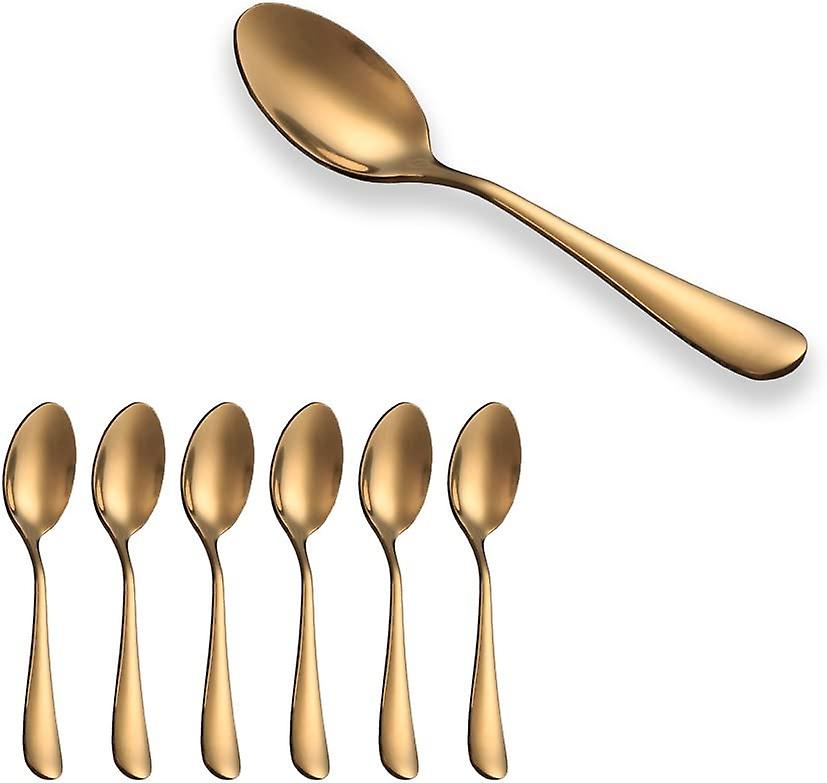
Surface Preparation Tips
Proper surface preparation is crucial before plating on titanium. Common methods include grinding, vapor degreasing, blasting, alkaline cleaning, activation through electrochemical etching without heat treatment, and activation via liquid abrasive blasting. These processes meet compliance requirements set by ASTM International for promoting adhesion when plating different metals on titanium.
Electroless Nickel Plating as Undercoating
Electroless nickel plating, where an electric current is not used in the plating bath, proves advantageous for plating nickel onto titanium. It offers a more uniform thickness and even coating. Although not used as a finishing coat on titanium, it serves as a base coat to increase adhesive strength for other metals. Additional benefits of electroless nickel plating on titanium include better thermal conductivity, improved brazing and soldering, and heightened high-temperature oxidization.
Gold Plating on Titanium
Gold plating is used to enhance the appearance of the titanium substrate, but due to its high cost, only a thin layer is typically applied. To achieve an even and continuous coating, the titanium dioxide must be completely removed before the plating process. The combination of electroless nickel coating followed by electroplating gold helps mitigate surface flaws and imperfections.
Copper Plating on Titanium
For increasing electrical conductivity, copper can be plated over titanium. Similar to gold plating, electroless nickel coating is applied before copper plating to ensure a high-quality result. Proper surface cleaning and baking during the plating process further enhance the adhesive properties of the copper coating.
Conclusion
In conclusion, electroless nickel processing has proven to be an excellent method for achieving a strong bond with titanium, making it a widely used initial coating. Titanium plating offers corrosion resistance comparable to platinum and provides protection against various chemical elements, making it a versatile and valuable material in numerous industrial applications.
- The uses of titanium plating have expanded significantly over the years, finding its way into aerospace, marine, jewelry, medical, and automotive industries. Its lightweight, durability, and corrosion resistance make it an ideal choice for various critical components, enhancing the performance and longevity of products and equipment;
- While titanium itself possesses remarkable properties, electroplating on titanium offers further benefits, such as enhancing its resistance to surface fatigue, fretting, and anti-galling properties. Additionally, plating allows for adjustments in electrical conductivity, adds lubricity, reflects heat, and provides opportunities for repair or resizing of applications;
- Despite the challenges associated with titanium plating, the use of an electroplating process and proper surface preparation can overcome the obstacles posed by the metal’s reactivity. Seeking professional assistance from a specialized plating-on-titanium company ensures efficient and cost-effective results.
Overall, titanium electroplating continues to be a valuable technique, providing improved performance, durability, and aesthetic appeal in various industries. As technology and plating processes advance, titanium’s potential applications are likely to expand further, contributing to advancements in aerospace, medical, automotive, and other industries.
